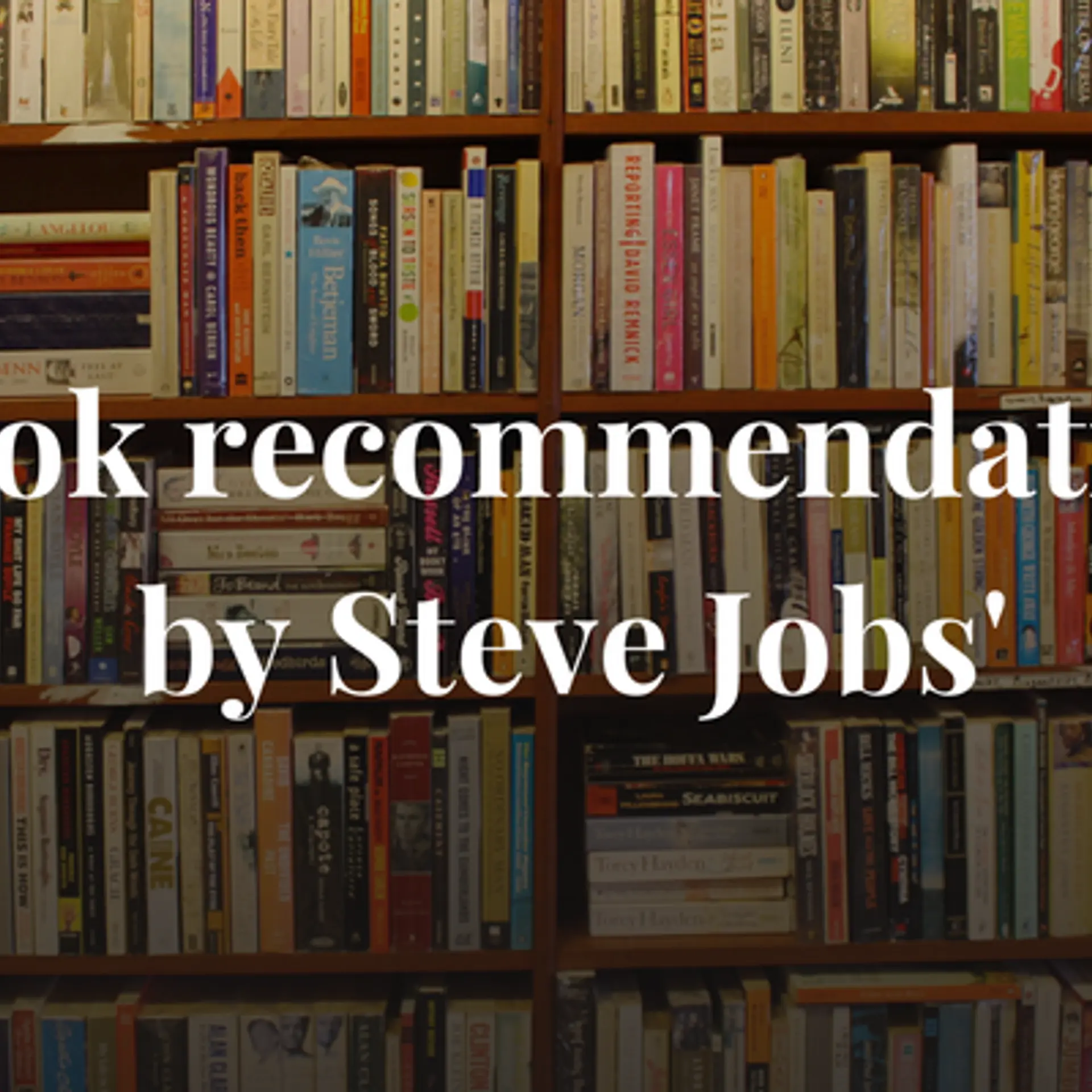[Product Roadmap] From enabling hyperlocal digital payments to building a suite of products, Cashfree’s three years of profitability
A product roadmap clarifies the why, what, and how behind what a tech startup is building. This week we feature the fintech startup Cashfree, which processed transactions worth $12 billion in FY20.
Back in 2015, startups and small and medium businesses were facing problems automating and setting up bulk bank transfers or accepting card payments. IIIT Hyderabad graduate Akash Sinha and IIT Kharagpur alumnus Reeju Datta stepped in to solve the problem with their startup Cashfree.
The Cashfree team was then in talks with ecommerce companies, which were digitising cash-on-delivery (COD) payments, when it learned about their issues with bulk bank transfers. They realised that the major problem SMEs and startups face is payments.
“So we pivoted our business from being a customer-facing digital payment solution provider to a technology platform for inward remittances and outward bulk payments for merchants,” says Akash. “We are now enabling the ecosystem of digital transactions by helping both startups and established companies make digital payments work for them at scale.”
The startup offers tailor-made payment solutions for unique business cases faced by both fast-growing startups and large corporations. It also allows online marketplaces and fintech businesses to build payment flows around receiving and disbursing money.
Since its inception Cashfree has launched a series of industry-first fintech innovations for payments that “have not only transformed us as a product/company but also redefined the digital payments space in India”, says Akash.

Cashfree
Covering the spectrum of payments
Cashfree’s growth has been driven by Payouts, its bulk disbursement product. According to Akash, it is used by almost 5,000 businesses to process vendor payments and refunds, pay wages, disburse loans, reimburse expenses and more. More than 30 million bank accounts have received a payment via Payouts.
One of Cashfree’s early offerings was solving for bulk payouts which offered it a competitive advantage over the rest of the players in the market at that point of time. They had realised that earlier, merchants had an automated way of collecting payments, but disbursals were largely manual, making the process of paying back customers and vendors difficult, time-consuming and prone to errors. “We observed this issue and tapped into the opportunity to digitise bulk transactions businesses,” says Akash.
The core product offerings are:
- Payouts – the first gateway in bulk disbursal.
- Instant refunds – available for the first time on a payment gateway Cashgram – instant refunds on COD orders, available for the first time.
- Pre-authorisation – block funds temporarily and debit full or partial amount on fulfilment.
- Subscriptions – one of the early gateways to offer recurring payments via e-mandate.
- Settlements – Same day settlements and instant settlements.
Cashfree processed transactions worth $12 billion in FY20, up 25 percent monthly and aims to take this up to $30 billion by the end of FY21.
The startup raised $5.5 million in Series A funding in April 2019 and has been profitable for the last three financial years. The team adds their revenue has been growing at 30x over two years and close to 100x in the past three years. “This has generated sufficient cash reserves to cover company expenses for at least three years,” says Akash.
Building blocks
Before starting Cashfree, the two founders experimented with several product ideas. “From building a social network for workplaces to running a portal that would match entrance exam scores with the qualifying institutions during my undergraduate studies, I have dabbled a fair bit in starting up to know how it works,” says Akash.
Cashfree didn’t start out offering online payments solutions. Instead, it enabled customers, who had opted for COD, to pay digitally after the delivery executive arrived with their order. This practice of being able to pay digitally for COD orders placed with hyperlocal ecommerce players wasn’t available earlier. The founders built an app on which customers would receive a link to let them pay via credit or debit cards or net banking, prior to the arrival of the delivery executive.
“It was a fairly novel idea back then and we had managed to partner with close to 300 offline stores in Bengaluru, but as a startup in its formative days, the idea was difficult to scale,” says Akash.
The upside was the founders figured out the online payment pain points. “This was our eureka moment,” says Akash.
Soon, Cashfree was reaching out to companies that were dissatisfied with their online payment service providers.
To penetrate the market, Cashfree knew it had to solve the existing grievances of companies and establish their credibility. After winning their trust, the startup gradually began getting more clients and became one of India’s top business payments solutions provider.
“It took us some time, but we got there as our customers’ confidence in us grew,” says Akash. “Currently, Cashfree has around 50,000 merchants and processes more than a million transactions a day. Within six months of their first launch, the company had changed course and went full throttle into pushing the bar higher for online payments and bulk transaction digitisation.”
Expanding the product suite
Over time, Cashfree expanded its suite of products and in 2017, built a single platform on which merchants could collect and disburse money automatically. This feature accelerated the company’s growth over six months.
Next, Cashfree introduced instant refunds, for a payment gateway. Some of the other services it launched are pre-authorisation that allows one to block funds temporarily and debit the amount on fulfilment; subscriptions that have recurring payments via e-mandate; and instant settlements, under which businesses have access to their funds within 15 minutes of payment capture.
The team also launched products for lending companies and non-banking financial companies to enable seamless loan disbursals to businesses and individuals across platforms.
“As with many startups in the fintech space, we too have spent a lot of time developing the unified payments interface (UPI) stack,” says Akash. “Cards still have the biggest share (60 percent) on our platform, while UPI has managed to make a dent in net banking, with a 15-20 percent share.”
Scaling it up
Building tech systems at fast-growing startups is a challenge, says Akash. “As you grow, you get more inputs on behaviour, clarity on the vision and market insights. Similar to most of the tech companies, we started with monolithic code and popular web languages.”
But Cashfree was soon able to iterate its features. As it started to hit scale, both in terms of growth and number of developers, the team figured that the existing setup was slowing them down.
“We took on the Herculean task of migrating 100 percent of our code base from monolithic applications to service-oriented architecture and moved from interpreted language to compiled language for faster processing,” explains Akash. “It took us more than 13 months to achieve the feat. Transitions like these happen maybe one-two times in the journey of a startup and make the entire development team confident about attacking complex problems.”
Aiming high
On Cashfree’s plans, Akash says that since the company is “scaling growth organically”, the focus is on working with India’s leading banks to “reshape the digital payments and banking infrastructure while fostering innovation and encouraging contactless payments”.
According to him, the company is working with more than 500 banks and offers merchant partners over 100 payment options. He adds that a UPI 2.0 and EPoS app is in the works and will soon be announced to enable contactless payments.
“Profitable for the last three fiscal years, Cashfree has also grown its top line rapidly,” he says. “The last fiscal year saw revenues doubling on a year-over-year basis and we expect this to continue at an accelerated pace.”
Cashfree now caters to 50,000 merchants, more than four times the 12,000 it did in April 2019. The company set a 10X target of servicing 500,000 merchants by the end of FY 2021.
Cashfree, which had around 130 employees prior to the lockdown, has since added around 75 to take the total count past 200. The company now plans to expand its operations beyond the existing offices in three cities.
Edited by Lena Saha


![[Product Roadmap] From enabling hyperlocal digital payments to building a suite of products, Cashfree’s three years of profitability](https://images.yourstory.com/cs/2/a9efa9c02dd911e9adc52d913c55075e/PMboth-1610449988553.png?mode=crop&crop=faces&ar=2%3A1&format=auto&w=1920&q=75)
![[Product Roadmap] Starting with 50 merchants to processing $5B payments annually – the Mswipe journey](https://images.yourstory.com/cs/2/a9efa9c02dd911e9adc52d913c55075e/image1-1609848053223.png?fm=png&auto=format&h=100&w=100&crop=entropy&fit=crop)
![[Product Roadmap] In 7 years, how Great Learning’s tech has helped it clock a 150 pc revenue growth](https://images.yourstory.com/cs/2/a9efa9c02dd911e9adc52d913c55075e/Prm-2-1609252384693.png?fm=png&auto=format&h=100&w=100&crop=entropy&fit=crop)
![[Product Roadmap] How EarlySalary tapped tech to grow loan disbursals to Rs 2,850 Cr in 4 years](https://images.yourstory.com/cs/2/a9efa9c02dd911e9adc52d913c55075e/akshay-mehotra-1607408988816.jpg?fm=png&auto=format&h=100&w=100&crop=entropy&fit=crop)
![[Product Roadmap] Started with 100 loans a month, how StashFin grew to process 150 loans an hour](https://images.yourstory.com/cs/2/a9efa9c02dd911e9adc52d913c55075e/PRM2-1606900430487.png?fm=png&auto=format&h=100&w=100&crop=entropy&fit=crop)
![[Product Roadmap] Building an interactive display solution, how Cybernetyx touched 15M users across 80 countries](https://images.yourstory.com/cs/2/a9efa9c02dd911e9adc52d913c55075e/PRM-01-1606227549847.png?fm=png&auto=format&h=100&w=100&crop=entropy&fit=crop)




